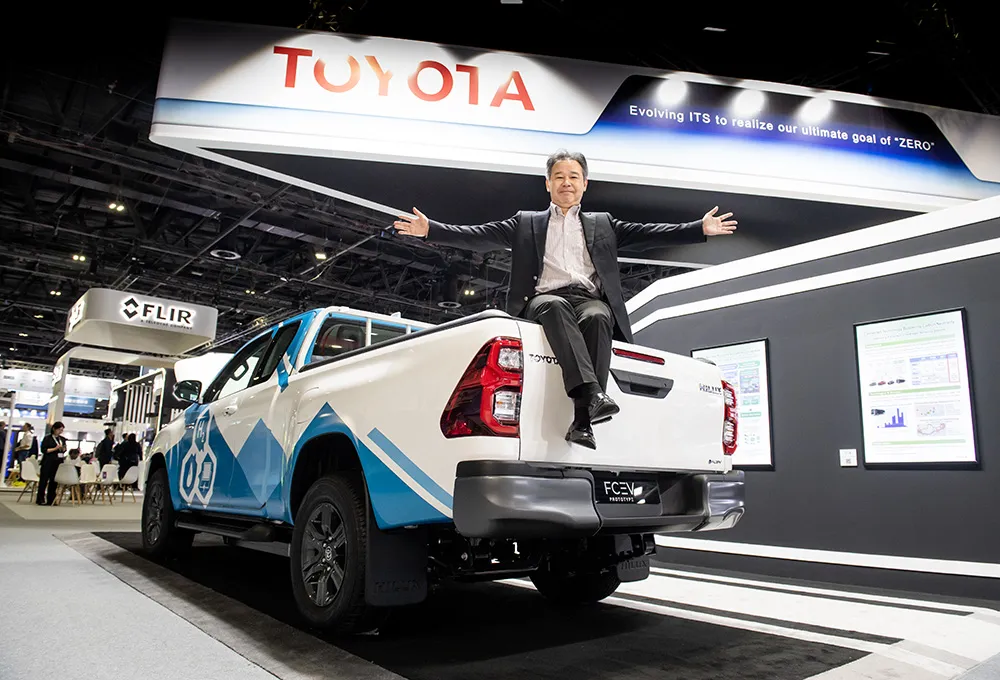With the goal of making tomorrow’s driving safer,
Thanks to a new US$35 million commitment that extends the centre’s effort to the 2020s, CSRC will concentrate on supporting a safe transition to the future of mobility, particularly through emerging automated- and connected-vehicle technologies. As part of this effort, researchers intend to explore the complex relationship between future mobility and broader social trends, such as the growth of networked ‘smart homes’ and the ‘quantified self’ associated with the rise in wearable devices.
“At Toyota, we believe in the fundamental principle that when good ideas are shared, great things can happen,” said Osamu Nagata, President and CEO of Toyota Motor Engineering and Manufacturing North America, Inc. (TEMA), who made the announcement at Toyota’s 2014 Advanced Safety Seminar in Ann Arbor, Michigan.
CSRC partners with leading institutions across North America to help advance safer and more responsible ways of moving people and sharing the results so everyone can benefit. Since 2011, the Center has focused its research on active safety, driver distraction and at-risk traffic populations – including children, teens, pedestrians and seniors, to better understand how to help protect people in crashes and prevent collisions from happening at all.
“As new automotive technologies continue to evolve, CSRC is committed to working with its partners across the industry and beyond to help realise a future of mobility that is safer and greener than today,” Nagata said.
Toyota expands safety research funding
With the goal of making tomorrow’s driving safer, Toyota’s Collaborative Safety Research Center (CSRC) announced that it is significantly expanding its mission to advance automotive safety research, with a new focus on the challenges and opportunities that evolving vehicle technologies will present over the next decade.
September 5, 2014
Read time: 2 mins








